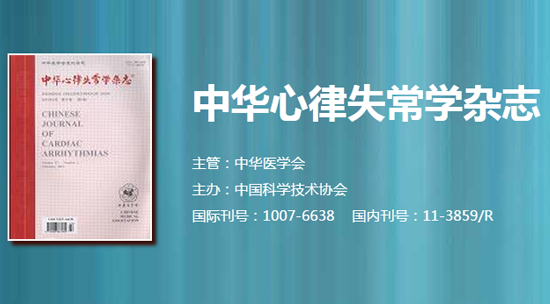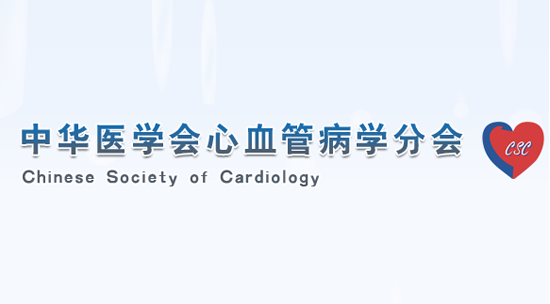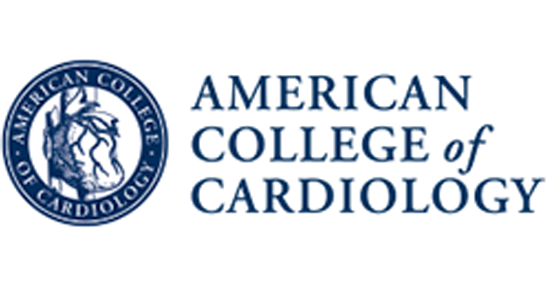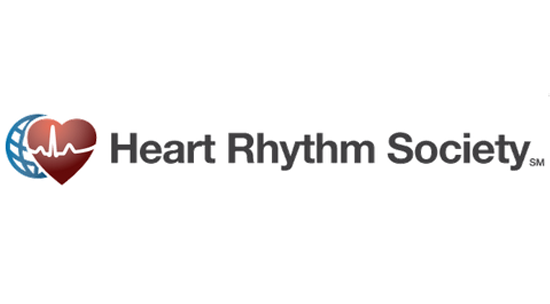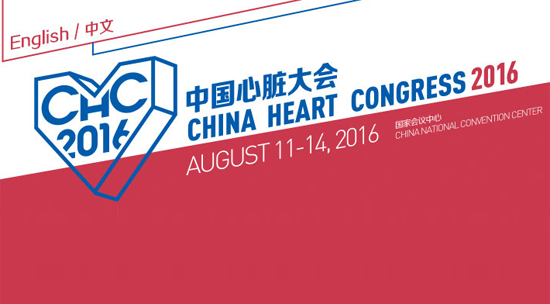HeartRhythm主编—陈鹏生教授语音速递(二月刊 英文版)
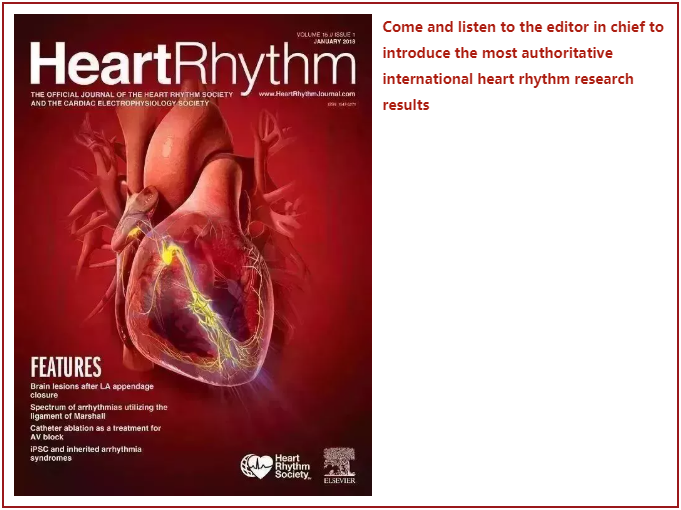

Peng-Sheng Chen
Hello, this is Dr. Peng-Sheng Chen, the Editor-in-Chief of Heart Rhythm. I am summarizing the February 2022 issue of the journal.
The first article is “Alcohol consumption and risk of ventricular arrhythmias and sudden cardiac death: An observational study of 408,712 individuals”. The authors studied 408,712 middle-aged individuals over a median follow-up time of 11.5 years. No association of total alcohol consumption was observed with ventricular arrhythmias, whereas a U-shaped association was present for sudden cardiac death.
The next article is titled “Sinus rhythm QRS amplitude and fractionation in patients with nonischemic cardiomyopathy to identify ventricular tachycardia substrate and location”. The authors compared patients with nonischemic cardiomyopathy and VT with electroanatomic mapping septal or free-wall VT substrate to a 38-patient reference cohort with cardiac MRI. They found that in LV nonischemic cardiomyopathy, low frontal plane QRS (<0.55 mV in aVF) is associated with VT substrate. Although multilead QRS fractionation is associated with the presence and location of VT substrate, it is frequently identified in patients without VT with cardiac MRI abnormalities.
Up next is “Quality of life after the initial treatment of atrial fibrillation with cryoablation versus drug therapy”. In total, 203 subjects received either cryoballoon ablation or antiarrhythmic drug therapy. They found that clinically meaningful improvement of the AFEQT quality of life summary score from baseline to 12 months was observed in 96.0% (100) of patients in the cryoballoon ablation arm vs 72.2% (71) of patients in the antiarrhythmic drug therapy arm (P < .001). The authors conclude that first-line cryoballoon ablation vs antiarrhythmic drug therapy is associated with larger improvements in AF-specific quality of life and a higher rate of symptom resolution.
Coming up is “Implantation of Cardiac Electronic Devices in Active COVID-19 Patients. Results from an International Survey”. Fifty-three centers from 13 countries across 4 continents provided information on 166 patients with known active COVID-19 who underwent a CIED procedure. They found that CIED procedure rates during known active COVID-19 disease varied greatly, from 0 to 16.2 per 1000 hospitalized COVID-19 patients worldwide. Patients with active COVID-19 infection who underwent CIED implantation had high complication and mortality rates. Operators should take these risks into consideration before proceeding with CIED implantation in active COVID-19 patients.
The next article is “Trends in implantable cardioverter-defibrillator programming practices and its impact on therapies: Insights from a North American Remote Monitoring Registry 2007–2018”. The authors performed a retrospective analysis of patients with ICD implanted from 2007 to 2018 using de-identified Medtronic CareLink database. Among 210,810 patients, the proportion programmed to a rate cutoff of ≥188 beats/min increased from 41% to 49% and an NID of ≥30/40 increased from 17% to 67% before May 2013 vs after February 2016. They conclude that despite evidence supporting the use of prolonged detection duration and high rate cutoff, implementation of shock reduction programming strategies in real-world clinical practice has been modest. The use of evidence-based ICD programming is associated with reduced ICD shocks over long-term follow-up.
Next up is “Leadless pacemaker implant, anticoagulation status, and outcomes: Results from the Micra Transcatheter Pacing System Post-Approval Registry”.The authors studied 1795 patients with anticoagulation status available, including 585 not on anticoagulation, 795 had anticoagulation interrupted, and 415 had anticoagulation continued during Micra implant. They found that the implant success rate was similar for all groups, at 99.1%–99.8%. The 30-day complication rates were similar among groups. The authors conclude that implant of Micra seems to be safe and feasible regardless of an interrupted or continued periprocedural oral anticoagulation strategy, with no increased risk of perforation or vascular complications.
Up next is “Filamin-C variant-associated cardiomyopathy: A pooled analysis of individual patient data to evaluate the clinical profile and risk of sudden cardiac death”. In a cohort of 270 gene-elusive arrhythmogenic cardiomyopathy probands, 12 (4.4%) had mutations in filamin-C (FLNC) variants, and 13 additional family members carried the same mutation. Eighteen FLNC variant carriers (72%) had a diagnosis of arrhythmogenic cardiomyopathy. ECG low QRS voltages were detected in 37%, and T-wave inversion in inferolateral/lateral leads in 24%. LV nonischemic late gadolinium enhancement was found in 75%. Those who experienced sudden cardiac death more frequently had inferolateral/lateral T wave inversion and LV late gadolinium enhancement/fibrosis. The authors conclude that clinical phenotype of FLNC cardiomyopathies is characterized by late-onset presentation and typical ECG and CMR features.
The next article is “An inherited sudden cardiac arrest syndrome may be based on primary myocardial and autonomic nervous system abnormalities”. A recently discovered sudden cardiac arrest syndrome is linked to a risk haplotype that harbors the dipeptidyl-peptidase 6 (DPP6) gene as a plausible culprit. The author studied 6 risk haplotype carriers with previous VF, 8 carriers without VF, and 7 noncarriers. They found that carriers had longer interbeat intervals than controls, lower low-frequency (LF) and higher high-frequency (HF) activity, and lower LF/HF ratio in the supine position. Upon standing up, carriers had significantly larger decrease in interbeat interval and increase in LF than controls. Symptomatic carriers had less heterogeneous 123I-mIBG distribution in the LV than asymptomatic carriers. In conclusion, these data are consistent with more labile autonomic tone in carriers, suggesting that the primary abnormalities may reside in both the heart and the autonomic nervous system.
The following article is “Fascicular heart blocks and risk of adverse cardiovascular outcomes: results from a large primary care population”. The authors studied 359,000 primary care patients. Among them, 13,636 (3.8%) had any type of fascicular block. Patients were followed up to 15.9 years. They found that higher degrees of fascicular blocks were associated with increasing risk of syncope, pacemaker implantation, and complete heart block, but the association with death was negligible.
Up next is “Identifying an appropriate endpoint for cryoablation in children with atrioventricular nodal reentrant tachycardia: Is residual slow pathway conduction associated with recurrence?” The authors performed a single-center, retrospective analysis of pediatric patients following successful first-time cryoablation for AVNRT. Following ablation, 104 (41%) had some evidence of residual slow pathway conduction. With median follow-up time of 1.9 years, recurrence occurred in 14 patients (5%). They found that the observed AVNRT recurrence rate after cryoablation was comparable to that of RF ablation. The presence of residual slow pathway conduction was not associated with recurrence. This suggests that jump or single echo beat may be an acceptable endpoint in AVNRT cryoablation.
Coming up is “Electrophysiological characteristics of atrial tachycardia recurrence: Relevance to catheter ablation strategies in adults with congenital heart disease”. At 299 procedures in 250 adults with congenital heart disease (ACHD), 464 atrial tachycardias were targeted. Success was achieved in 98% of procedures. Over a median of 3 years of follow-up, 67 patients (27%) developed AT/AF recurrence after the index procedure. Repeat vs 4 index tachycardias were more often focal AT, demonstrated longer cycle length, required isoproterenol, and involved the pulmonary venous atrium. With complete index procedure success and no AF history, 5-year actuarial freedom from AT/AF and AT alone were 77% and 80%. These data support aggressive pharmacological provocation to eliminate all inducible tachycardias and coexisting pulmonary venous atrium substrates at index procedures for ACHD.
The next article is “Disruption of protein quality control of the human ether-à-go-go related gene K+ channel results in profound long QT syndrome”. The authors’ previous study of the human ether-à-go-go related gene (hERG)–encoded K+ channel (Kv11.1) supports an association between hERG and RING finger protein 207 (RNF207) variants in aggravating the onset and severity of LQTS. However, the underlying mechanistic underpinning remains unknown. In the present study, the authors demonstrated that RNF207 serves as an E3 ubiquitin ligase and targets misfolded hERGT613M proteins for degradation. this ultimately resulting in decreased current density. This study establishes RNF207 as an interacting protein serving as a ubiquitin ligase for hERG-encoded K+ channel subunits. Normal function of RNF207 is critical for the quality control of hERG subunits and consequently cardiac repolarization. Moreover, this study provides evidence for protein quality control as a new paradigm in life-threatening cardiac arrhythmias in patients with LQTS.
Coming up next is “A governing equation for rotor and wavelet number in human clinical ventricular fibrillation: Implications for sudden cardiac death”. The authors previously developed a mathematical governing equation to study the population dynamics of atrial fibrillation. They now apply this equation to study human epicardial activations during ventricular fibrillation mapped during surgery. The equation accurately predicted average phase singularity and wavefront number and population distribution. They conclude that the governing equation explains the number of wavelets and rotors observed, supporting a paradigm of VF based on statistical fibrillatory dynamics.
The next paper is “Low-energy, single-pulse surface stimulation defibrillates large mammalian ventricles”. The authors hypothesized that targeting the excitable gap of reentry with low-energy surface stimulation is a less damaging and painless alternative for ventricular defibrillation. They induced VF and delivered low-energy surface stimulation with five electrodes that were 7 cm long and placed 1–2 cm apart on the endocardial and epicardial surfaces of perfused pig LV. They found that defibrillation with low-energy, single-pulse surface stimulation is feasible with energies below the human pain threshold. Optimal defibrillation occurs when arrhythmia complexity is minimal and electrodes capture >75% of the excitable gap.
The final full length article is “Rotors anchored by refractory islands drive Torsades de Pointes in an experimental model of electrical storm”. A model of electrical storm was created by inducing chronic complete AV block in defibrillator-implanted rabbits. Optical mapping revealed island-like regions with action potential duration (APD) prolongation in the LV, leading to increased spatial APD dispersion. The maximum APD and its dispersion correlated with the total number of VF episodes in vivo. The neuronal Na+-channel subunit NaV1.8 was upregulated in electrical storm rabbit LV tissues and expressed within the myocardium corresponding to the island location. The authors conclude that a tissue island with enhanced refractoriness contributes to the generation of drifting rotors that underlies electrical storm in this model. NaV1.8-mediated late Na+ current merits further investigation as a contributor to the substrate for electrical storm.
These full-length articles are followed by two research letters. The first one is titled “Using ambulatory electrocardiogram monitor to record skin sympathetic nerve activity”. The authors report that a small ambulatory ECG monitor with 1,000 Hz sampling rate can be used for simultaneous recording of ECG and skin sympathetic nerve activity. The second one is titled“Post-Approval Safety Profile of Watchman-Flx Left Atrial Appendage Occlusion Device: Analysis from the MAUDE database”. This study highlights the post-FDA approval real-world safety profile of the Watchman-Flx device. The most commonly reported complication was device related thrombosis, followed by pericardial effusion (with and without tamponade) and device migration.
I hope you enjoyed this podcast. For Heart Rhythm, I’m the Editor-In-Chief, Dr. Peng-Sheng Chen.
